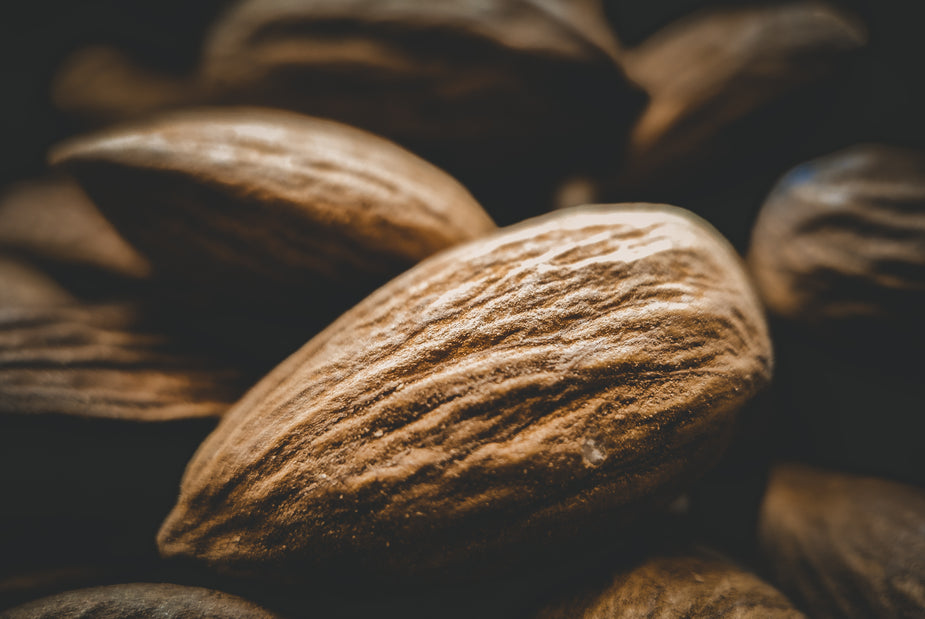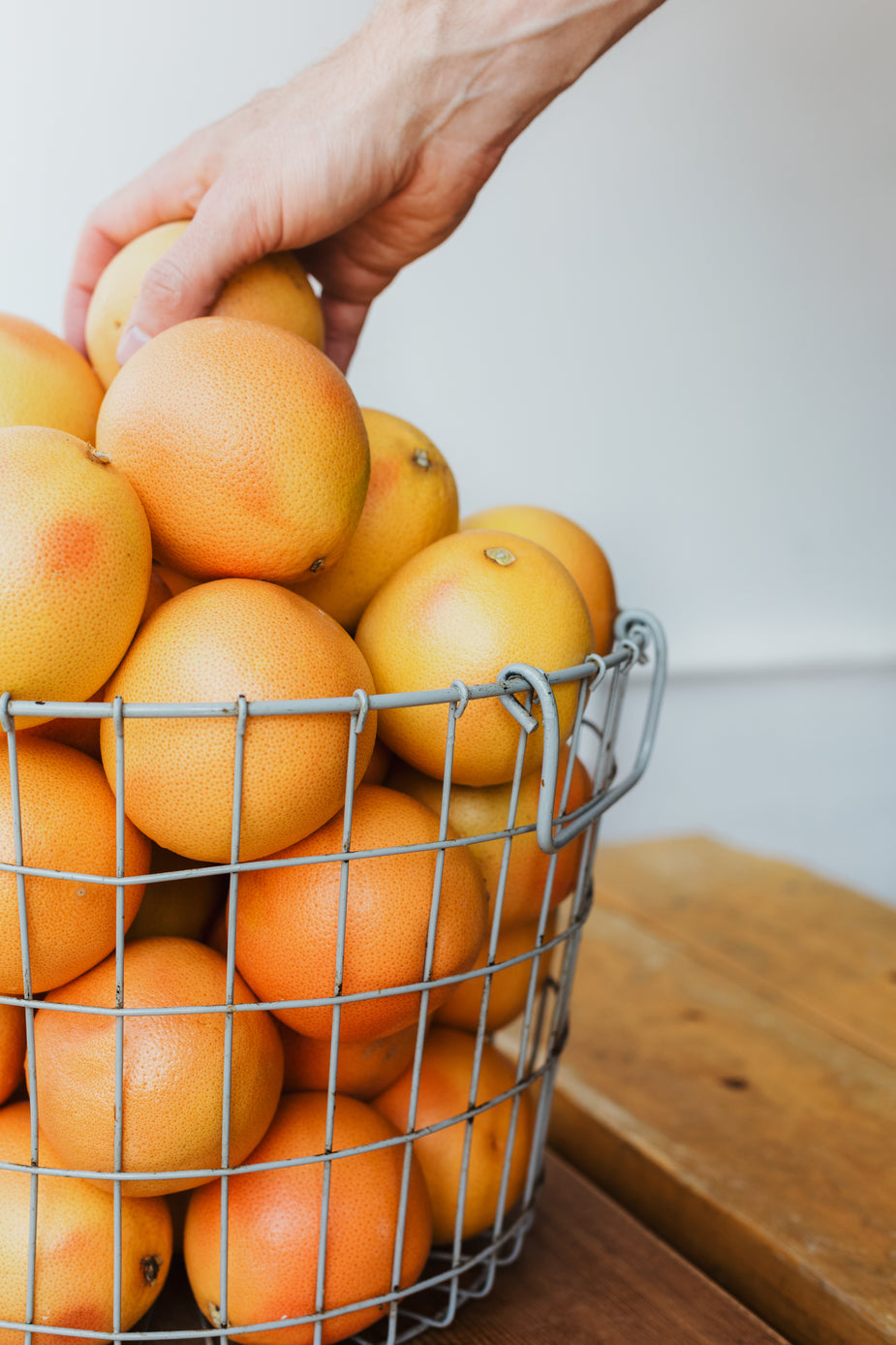Toasting Almonds
I’m making one of my new favorite snacks. I learned this from Cheryl in an exercise class. The main ingredient is raw, shelled almonds. A three-pound bag at Sam’s Club or Costco is about $9.00. The secret ingredient is Ume Plum Vinegar. Sound exotic (i.e., expensive)? It’s only about $3.25 a bottle! I found it at … Read more

